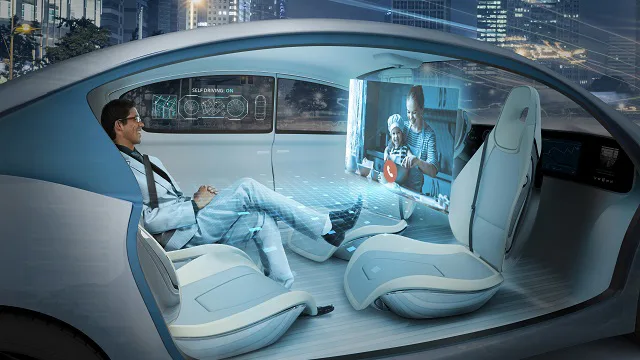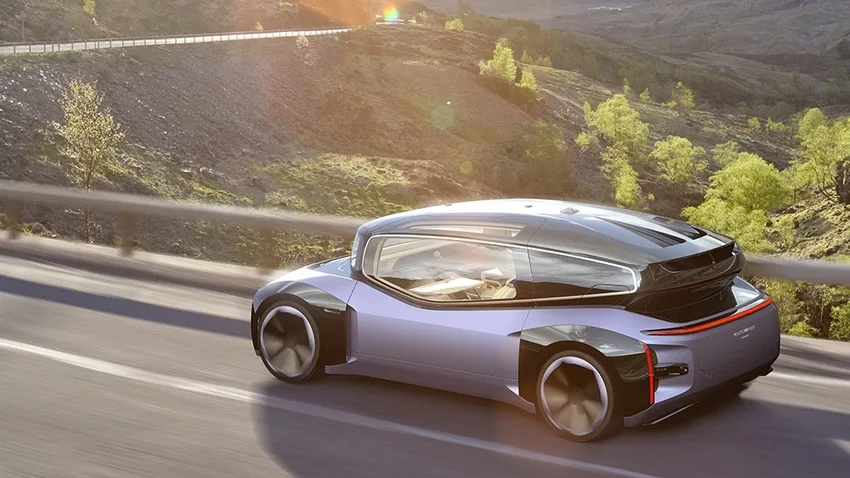
Self-Driving Cars: Revolutionizing the Future of Transportation
Self-driving cars, also known as autonomous vehicles, are transforming the transportation landscape with cutting-edge technology. This innovation promises to enhance safety, efficiency, and convenience in our daily commutes. In this article, we will explore the underlying technology, how it operates, the problems it solves, and the challenges that still need addressing.
The Technology Behind Self-Driving Cars
Self-driving cars rely on an intricate blend of hardware and software to navigate and make decisions on the road. At the core of this technology are sensors, cameras, and lidar systems that provide a 360-degree view of the car’s surroundings. These sensors detect obstacles, read road signs, and monitor traffic conditions in real time.
Complementing the hardware is sophisticated software, including machine learning algorithms and artificial intelligence (AI). These systems process the data from the sensors to make split-second decisions. For example, machine learning algorithms can predict the behavior of pedestrians and other vehicles, while AI helps in optimizing routes and ensuring safe driving practices. The integration of these technologies allows self-driving cars to operate with minimal human intervention, paving the way for a future where autonomous vehicles are commonplace.
How Self-Driving Cars Operate
The operation of self-driving cars involves a multi-layered approach. Initially, the vehicle’s sensors collect raw data about the environment, which is then processed by the onboard computer. This information is used to create a detailed map of the vehicle’s surroundings, identifying potential hazards and determining the car’s exact location.
Next, the decision-making layer comes into play. Here, advanced algorithms analyze the processed data to decide on the best course of action. This includes maintaining the appropriate speed, changing lanes, and stopping at traffic signals. The final layer is the control system, which executes these decisions by controlling the car’s acceleration, braking, and steering mechanisms. This seamless interaction between sensing, decision-making, and control ensures that the car navigates safely and efficiently, even in complex traffic scenarios.
Solving Problems with Self-Driving Cars
One of the primary benefits of self-driving cars is the potential to significantly reduce traffic accidents. Human error is a leading cause of road accidents, and autonomous vehicles can mitigate this risk by consistently adhering to traffic rules and reacting promptly to unexpected situations. This improvement in safety could save thousands of lives annually.
Another problem self-driving cars address is traffic congestion. These vehicles can communicate with each other to optimize traffic flow, reducing the likelihood of traffic jams and ensuring a smoother commute. Moreover, self-driving cars can provide greater mobility for individuals who are unable to drive, such as the elderly or disabled, thereby enhancing their independence and quality of life.

Challenges That Remain
Despite the advantages, there are still several challenges to overcome before self-driving cars can be widely adopted. One significant issue is the development of robust and reliable AI systems capable of handling all driving scenarios, including extreme weather conditions and unpredictable road users. Ensuring these systems are fail-safe is crucial for public acceptance and safety.
Another challenge is the legal and regulatory framework surrounding autonomous vehicles. Policymakers need to establish clear guidelines and standards for testing and deploying self-driving cars. This includes determining liability in case of accidents and ensuring that these vehicles comply with existing traffic laws. Additionally, there is a need for cybersecurity measures to protect self-driving cars from potential hacking and other malicious activities.
Future Prospects and Opportunities
Looking ahead, the potential of self-driving cars extends beyond personal transportation. Autonomous delivery vehicles and public transport systems could revolutionize logistics and urban mobility. Companies are already exploring the use of self-driving trucks for long-haul freight, which could improve efficiency and reduce costs in the transportation industry.
Moreover, the data collected by self-driving cars can be used to improve urban planning and infrastructure. By analyzing traffic patterns and road usage, city planners can make informed decisions about road design and public transport routes, leading to smarter and more sustainable cities. The integration of self-driving cars with smart city technologies promises a future where transportation is more efficient, safe, and accessible for everyone.
Self-driving cars represent a significant leap forward in automotive technology, with the potential to transform how we travel and interact with our urban environments. While there are still challenges to be addressed, the ongoing advancements in AI, machine learning, and sensor technology bring us closer to a future where autonomous vehicles are an integral part of our daily lives. As we continue to innovate and refine these technologies, self-driving cars will play a crucial role in shaping the future of transportation.
